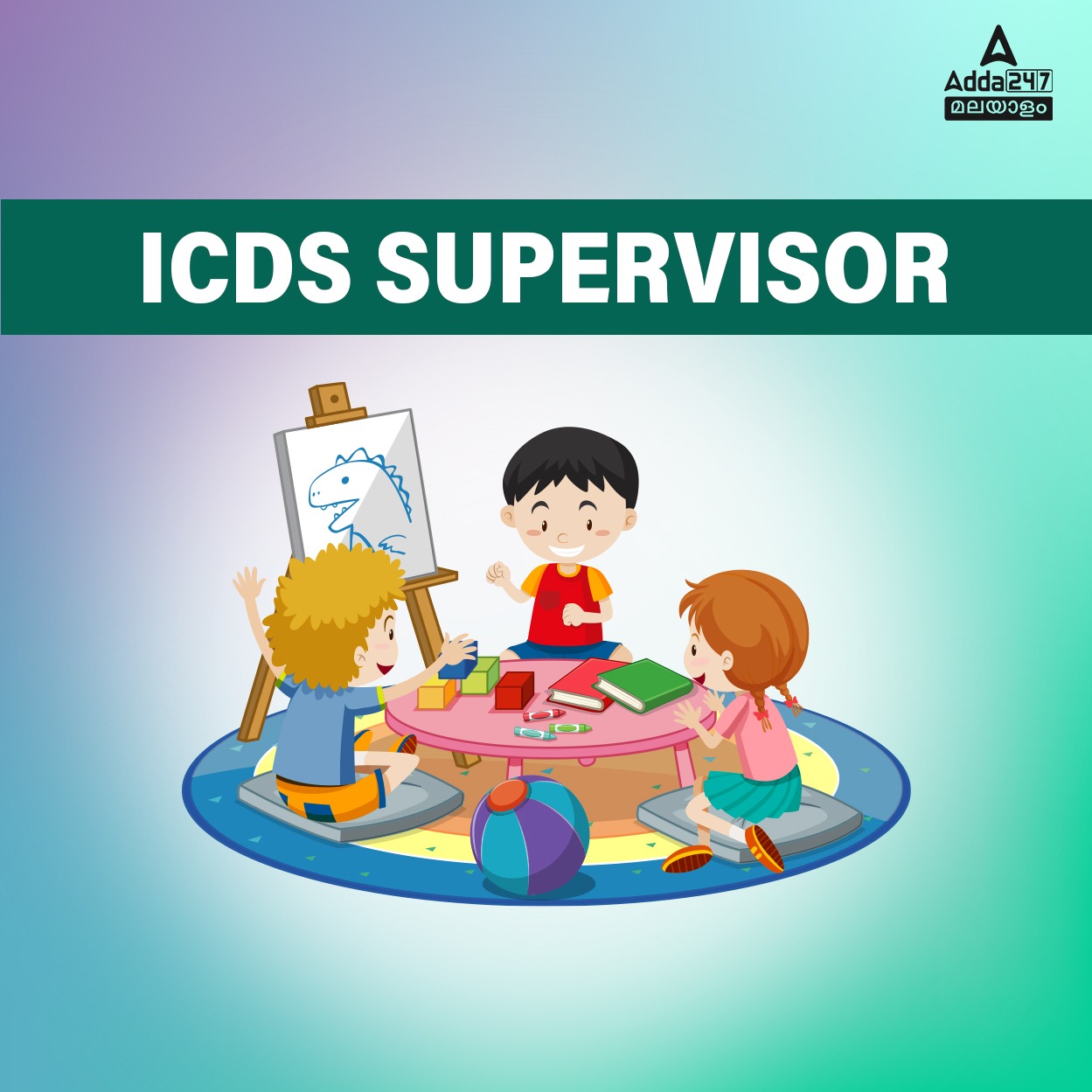Table of Contents
Addapedia Editorial: Daily News Editorial PDF, 04 June 2024
Addapedia Daily News Editorial PDF, 04 June 2024: In this Addapedia Editorial Analysis, We cover Important News Editorials from Newspapers and provide you with detailed analysis. This ADDAPEDIA Editorial Analysis will help you in understanding the National and International events Current affairs and the background of a particular topic. This comprehensive News analysis will help you in Clearing CA and Interview for many exams
Editorials usually cover a particular topic that might be National, State or any International event which is most important to acquire brief knowledge about the event. Editorials are written by Famous news analysts, Politicians, Business analysts, Civil Servants or a person who has immense knowledge in that particular field. Knowing Editorials will not only understand the geo-political relations but also how to write and describe any particular issue which helps especially in PSC, SSC and Banks Exams.
Does inequality lead to growth?
Children form about 30% of India’s population, but they are invisibilised during elections. India has the largest child population in the world, yet most political parties turn a blind eye to children’s interests.
Why Children Are Often Neglected in Political Agendas (Especially in Developing Countries):
- Short-Term vs. Long-Term Benefits: Addressing children’s needs often requires investments in education, healthcare, and nutrition, which yield benefits over a longer timeframe. Politicians may prioritize issues with more immediate results to secure votes in the next election cycle.
- Lack of Political Pressure: Children don’t vote, and their voices are rarely heard. Lobbying groups representing other demographics may have a stronger influence on political agendas.
- Misconceptions about Costs: Investing in children can be seen as a burden on the budget.
What are the specific Issues w.r.t to Children & their neglect in Political agendas in India?
- Education System: The focus on creating a few model schools diverts attention from systemic improvements to public education for all children. Additionally, neglecting pre-primary education hinders early development.
- Malnutrition: High malnutrition rates require concrete plans beyond just acknowledging the problem. Expanding the ICDS scheme for wider nutritional support is crucial.
- Incomplete Education: Achieving true universal education requires extending free and compulsory education beyond Class 8, potentially including pre-primary and higher secondary levels.
- In secondary and higher secondary classes, the Gross Enrolment Ratio (GER) hovers around 80% and 57%, respectively, due to lack of systemic support.
- Healthcare Access: Ensuring complete healthcare coverage, including early childhood health intervention and mental health programs, needs to be a priority.
What are the consequences of neglecting Children’s needs?
- Perpetuation of Poverty: Without proper education and healthcare, children are more likely to remain trapped in poverty, creating a vicious cycle.
- Health Issues: Malnutrition and lack of access to healthcare lead to stunted growth, decreased immunity, and higher child mortality rates.[ POSHAN tracker data which shows that at least 43 lakh children (0-6 years) are malnourished].
- Limited Future Potential: Inadequate education restricts children’s opportunities for future employment and economic mobility.
- Social Problems: Children facing neglect and a lack of opportunities are more susceptible to child labor, exploitation, and social unrest
What is the Way Forward?
- Child-Rights Based Approach: Political manifestos need to consider children’s rights and well-being as a central tenet of policy making.
- Investing in the Future: Voters must hold politicians accountable for safeguarding children’s futures by prioritizing parties that demonstrate a long-term vision for child development.
- Empowering Children: Initiatives promoting children’s participation in decision-making processes and ensuring their safety online should be addressed.
Can you answer the following question?
Despite constituting a significant portion of the population, children are often overlooked in political manifestos and policy agendas, particularly in developing countries like India. Analyze the reasons behind this neglect and its potential consequences
Microplastics and nanoplastics are an emerging threat to cardiovascular health
Plastics, ubiquitous in our modern lives, have infiltrated every corner of our planet. From the depths of our oceans to the air we breathe, these synthetic polymers have become integral to our environment.
Once released into nature, plastics undergo degradation, resulting in the formation of
- Microplastics (particles smaller than 5 millimetres) and
- Nanoplastics (particles smaller than 1,000 nanometres).
What are the challenges of microplastics and nano plastics (MNP)?
- Ubiquitous and Persistent: MNPs are everywhere – in our oceans, air, food, and even drinking water. They are also highly persistent, meaning they don’t break down easily and can remain in the environment for a very long time.
- Difficulties in Detection and Measurement: Due to their tiny size, MNPs are difficult to detect and quantify in the environment and human tissues. This makes it challenging to assess the true extent of the problem and monitor its impact.
- Lack of Effective Management Strategies: Currently, there are no established and efficient methods for removing MNPs from the environment. Waste management strategies and infrastructure need significant improvement to prevent further plastic pollution.
- Complex Regulatory Landscape: Regulations governing plastic production, use, and disposal vary widely across countries. Establishing international agreements and stricter regulations for plastic pollution control is a significant challenge.
- Economic Considerations: Implementing stricter regulations and developing alternative materials could have economic implications for industries that rely heavily on plastic production. Finding sustainable and cost-effective solutions requires collaboration between various stakeholders.
- Biomagnification- MNP is ingested by a wide range of marine organisms, from tiny plankton to large fish and mammals. The accumulation of MNPs in smaller organisms can lead to biomagnification, where higher concentrations of MNPs and associated toxins are found in larger predators up the food chain, including humans.
- Soil health- It can alter soil structure and function, affecting water retention, nutrient availability, and soil microbial communities.
- What are the health risks of MNPs?
- Recent studies suggest a link between MNPs and cardiovascular disease. These tiny particles can enter our bodies through ingestion, inhalation, and skin contact. Their small size allows them to reach various organs, including the heart
- A recent study found microplastics like polyethylene and polyvinyl chloride in the carotid artery plaque of patients. These patients had a higher risk of heart attack, stroke, or death compared to those without MNPs.
What is the way ahead?
- Fund research to understand the full range of health impacts of MNPs on humans and ecosystems.
- Implement stricter regulations on plastic production, use, and disposal globally.
- Promote bans on single-use plastics and encourage development of sustainable alternatives.
- Hold polluters accountable for plastic pollution.
- Improve waste management infrastructure to prevent plastic leakage into the environment.
- Launch public awareness campaigns to educate people about the dangers of MNPs and encourage responsible plastic use
- Invest in research and development of biodegradable or easily recyclable plastic materials.
- Establish international agreements and frameworks for tackling plastic pollution
Can you answer the following question?
Microplastics and nanoplastics (MNPs) have emerged as a significant environmental concern with potential threats to human health. Critically analyze the challenges associated with MNP pollution and suggest a comprehensive strategy for mitigating their impact.











